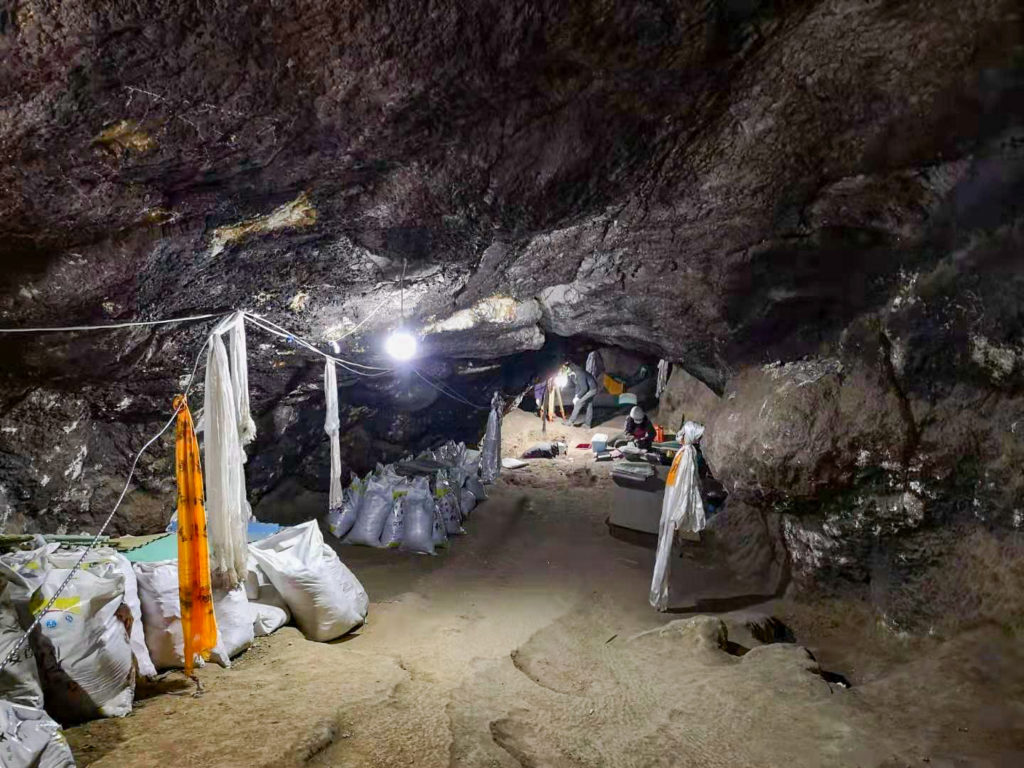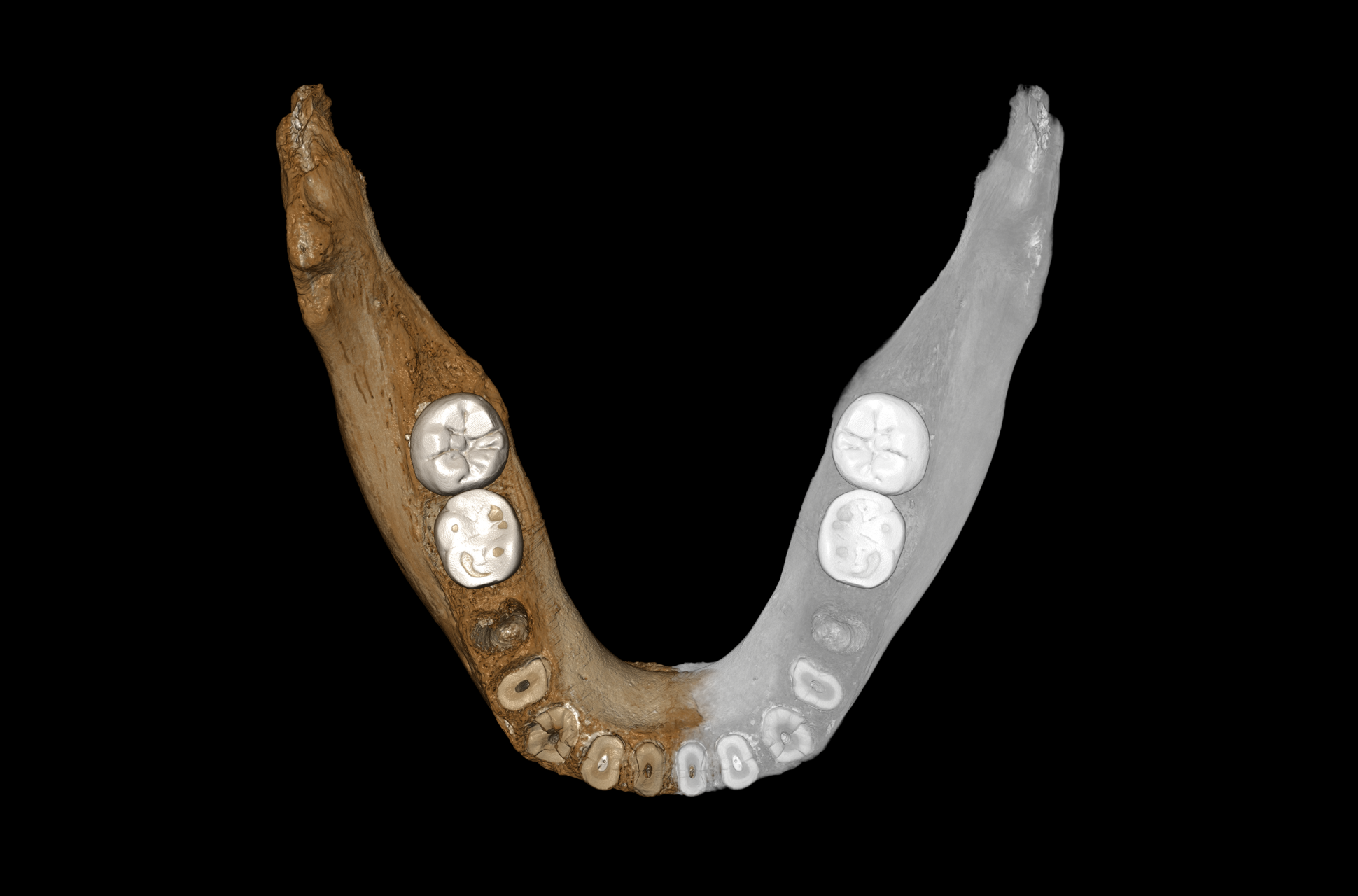Ancient Denisovans travelled much further than we thought, according to the discovery of a 160,000-year-old jawbone on the Tibetan Plateau in China.
In a paper published in Nature, researchers say the jawbone marks the first reported evidence of this extinct group outside Siberia’s Denisova and the earliest known hominin fossil found on the Tibetan Plateau.
The discovery suggests that Denisovans – a sister group of Neanderthals – adapted to high-altitude, low-oxygen environments much earlier than the regional arrival of modern humans.
The SMC gathered expert comments on the paper, which is available, along with related images, on Scimex for registered journalists.
Dr Murray Cox, Associate Professor of Computational Biology, Massey University, comments:
Note: Dr Cox was involved in a recent study looking at Denisovan DNA in modern genomes in Southeast Asia and New Guinea.
“We always knew that Denisovans had to live somewhere other than Denisova cave, but it’s fantastic to finally have that confirmation.
“We now know that Denisovans lived on the Tibetan plateau. We used to think that only modern humans could do that, and only relatively recently, from around 30,000 years ago. There’s a strong bias in much of our thinking – we tend to believe that only modern humans are clever enough to go to certain places or live in certain ways. It’s now clear we’ve overestimated our uniqueness. Archaic humans like Denisovans were much more resourceful and adaptable that we have given them credit for.
“Perhaps the most important finding is that human remains that were misclassified in the 1980s are now being recognized as Denisovan. This suggests that other Denisovan bones and remains are hiding in plain sight – sitting in museums and university collections around the world – and we just need to put the correct label on them to get a better idea of what Denisovans looked like. This study is the first, probably of many, that I expect will find them.
“The big direction we need to go in now is to look for Denisovan remains well beyond the Altai mountains of Siberia. This means looking carefully again in existing collections, but also doing more archaeological research in parts of the world that have been severely understudied. There are too many research resources flowing to well-studied places like Europe, and too little going to amazingly understudied places like Asia and Oceania.
“The way the remains were confirmed as Denisovan was also very clever. Methods that look at protein rather than DNA are going to be especially important for studying remains from warmer regions, where DNA does not survive long. We are used to ancient DNA riding to the rescue, but DNA does not survive in warm locations. Human remains from some of the more interesting places are just not going to have DNA that survives. We’ll need to rely on different approaches, such as looking at bone morphology, but also new methods like the protein analysis used in this study.”
No conflict of interest.
Dr Nic Rawlence, Director of Otago Palaeogenetics Laboratory, Senior Lecturer in Ancient DNA, Department of Zoology, University of Otago, comments:
“Ever since the discovery of Denisovans (the cousins of the extinct Neanderthals), from fragmentary remains excavated from Denisova Cave in Russia’s Altai Mountains, scientists have been in search of morphologically identifiable bones that would allow detailed comparisons with other archaic hominids, Neanderthals and modern humans. Morphologically identifiable remains, thought to be rare as hen’s teeth, would help answer important questions as such were Denisovans a distinct hominid species, or just another evolutionary branch of Neanderthals?
“Added to this is the fact that Denisovans left a genetic legacy within the genomes of east Asian, Aboriginal Australians and Melanesians through interbreeding, hinting at a more widespread and larger population (compared to Neanderthals), potentially hiding out in the existing fossil record.
“Now Chen et al. have found the holy grail. By extracting ancient protein sequences from a 160,000-year-old partial jawbone (complete with teeth) found in a cave on the Tibetan Plateau, they have shown that this morphologically important fossil is from none other than a Denisovan. Ancient protein sequences work like ancient DNA but over longer time scales especially when ancient DNA is too degraded, as is the case here. Shape analysis of the teeth in this jawbone show them to be comparable to isolated Denisovan teeth from the Altai.
“Not only did Chen et al. find the holy grail, but they have also potentially found other grails. This Tibetan fossil is comparable to similar aged archaic hominid fossils from central east Asia, which just goes to show that Denisovans may have been hiding out in the fossil record all this time. Further ancient protein and ancient DNA analysis of these, and other well preserved specimens, will help confirm these hypotheses.
“The genes that allow modern day Tibetans to survive at high altitudes can be traced back to interbreeding between Denisovans and the ancestors of Tibetans. Until now this has always intrigued scientists as there was no evidence of Denisovans in central east Asia, and modern humans only arrived on the scene around 30,000-40,000 years ago.
“The 160,000-year-old Tibetan Denisovan goes some way to potentially explaining where and when this interbreeding occurred, but in my view, the jury is still out regarding Chen et al.’s claim that Denisovans were adapted to living at high altitudes – it may be a case of pre-adaptation (i.e. genes were used initially for another purpose then repurposed for surviving at high altitudes). Further ancient genomic research is needed to confirm or refute this.”
No conflict of interest.

